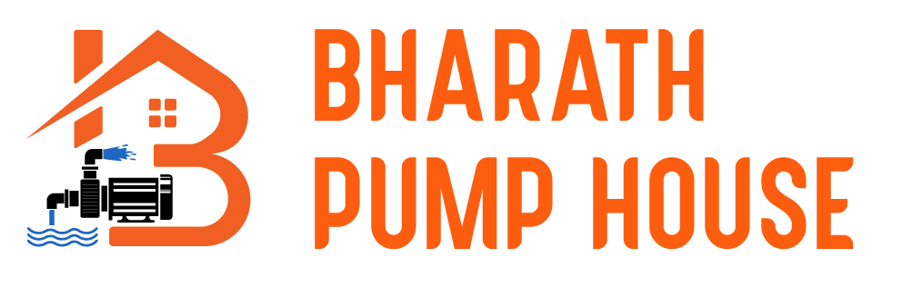Choosing the Right Pumping Solution for Your Needs
When it comes to finding the perfect pumping solution for your requirements, it’s important to consider several factors. Whether you need a pump for industrial, commercial, or residential use, having the right equipment can make all the difference in efficiency, reliability, and cost-effectiveness.
Understanding Your Pumping Requirements
The first step in finding the right pumping solution is to clearly define your requirements. Consider the following:
- The type of fluid you need to pump: Different fluids require different types of pumps, such as centrifugal pumps for water or positive displacement pumps for viscous liquids.
- The flow rate and pressure needed: Determine the volume of fluid you need to move per unit of time and the pressure required to ensure optimal performance.
- The environment and conditions: Consider factors such as temperature, humidity, and the presence of corrosive or abrasive substances that may affect the pump’s performance and durability.
- The power source available: Determine whether you have access to electricity or if you need a pump that can be powered by other means, such as gasoline or diesel.
Top Brands for Pumping Solutions
When it comes to choosing a pumping solution, it’s important to select a reputable brand that offers quality products and reliable customer support. Here are some top brands known for their excellence in the industry:
How to Choose a Water Pump for Your House?
When choosing a water pump, there are several key factors that you should consider. From assessing your budget to going through the pump’s specifications, every factor contributes to making a well-informed decision. Follow this buying guide for water pumps to make sure your domestic water requirements are met.
1. Evaluate your requirements: Firstly, assess the following factors to determine your specific needs:
Water requirements: Determine the amount of water needed for daily activities. Estimate your daily water consumption for various activities like bathing, cooking, and
cleaning. Furthermore, check the flow rate and pressure required for water supply in showers and faucets.
Type of pump you need: Identify the type of pump that aligns with your requirements. For instance, if you need to increase water pressure, a booster pump might be suitable. If you are drawing water from a well, a submersible pump could be an ideal choice.
Pump size and capacity: Ensure the pump’s capacity matches your water usage needs. Calculate the pump capacity based on flow rate and operating time to guarantee it can supply sufficient water when needed.
Durability and maintenance: Opt for pumps made from durable materials that can withstand the intended usage and environmental conditions. Also, consider maintenance requirements to ensure the longevity and efficiency of the pump in the long run.
Your budget: Evaluate the initial cost and potential long-term expenses, such as installation charges, maintenance, and energy consumption. Choose a pump that fits your budget while fulfilling your water supply requirements.
2. Properly size the pump: To determine the pump you need, factors such as flow rate and pressure are considered to match the specific needs of your water supply system. It involves calculating the optimal pump size based on factors like required flow rates, head range, and operating conditions. Proper sizing ensures the pump can meet water demand efficiently without overloading or underperforming. Furthermore, having a right-sized pump offers optimal efficiency with no excessive energy consumption. Here is what you need to consider while choosing the ideal pump size for you:
Flow rate and pressure: Calculate the needed flow rate and pressure based on your household’s water demands. Match these ratings with the pump’s capacity to ensure it can deliver the required flow and pressure.
Inlet/outlet size: Check the inlet and outlet sizes of the pump to ensure compatibility with your water source and plumbing system. Matching the water supply pipe sizes is essential for efficient water transfer.
Head range (vertical height): Measure the vertical distance the pump needs to lift the water. This is crucial for determining the pump’s ability to push water to higher levels within your home or irrigation system.
Horizontal pumping distance: Consider the distance the water needs to travel horizontally. This factor, combined with the total head lift, affects the pump’s ability to move water effectively throughout your water supply system.
3. Check the Specifications
Once you have assessed the above factors and decided the type of pump you want to buy, you will have to look at the specifications. This is an equally important part as your home water pump should be capable of getting a sufficient amount of water with the pressure that you require. Here are some of the specifications you should look at and what they mean:
Discharge Rate – Also known as the flow rate, this is measured in litres per minute (LPM). This will be the amount of water that is pumped within a specific time. The higher it is, the quicker it pumps. A range of 100-200 LPM is usually sufficient for a household.
Head Range – Head here refers to the discharge head – the vertical distance that you will be pumping the water. The head range should fall within this distance for the water pump to pump water effectively. This is measured in meters (m).
Power – This is the amount of electrical power that will be consumed by the pump when in use and it can be measured in kilowatt (kW) and horsepower (HP). This ranges from 0.5-1.5 HP for most pumps with some like inline circulation pumps requiring as little as 0.16 HP. This will vary depending on the other specifications of the pump but generally, as the amount of water pumped and head range increased, so does the power.
Noise Level: Look for pumps designed with noise reduction features, especially for indoor installations or areas close to living spaces. Such as Crompton water pumps. They are designed with consideration to reduce noise levels while operating.
Material and durability: Assess the materials used in constructing the pump. Look for corrosion-resistant materials like stainless steel, cast iron, or high-quality thermoplastics that can withstand various water conditions without degradation. Choose a pump built to withstand these conditions for long-term reliability.
4. Check the Pump Warranty
You should also check the warranty available when you buy a domestic water pump. Since they have a motor and their construction can be complex, if something goes wrong with your water pump, you should be able to get in touch with a professional who can help you. The brands we dealing have service centres in allmost all states, and you can contact our support if you run into any problems with our domestic pumps.
When it comes to finding the right pumping solution for your needs, it’s crucial to take the time to understand your requirements, research reputable brands, and consider the benefits of a complete solution. By doing so, you can ensure that you have a reliable and efficient pumping system that meets your specific needs.






